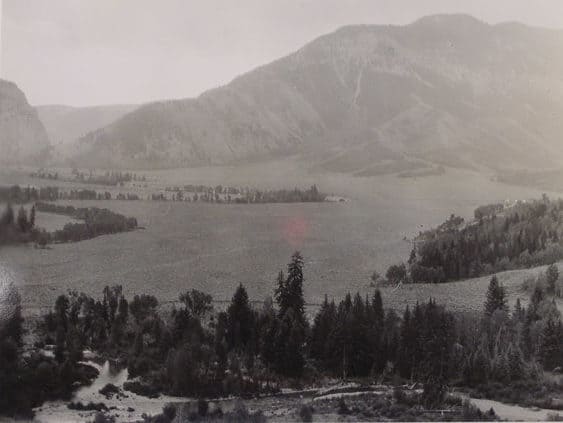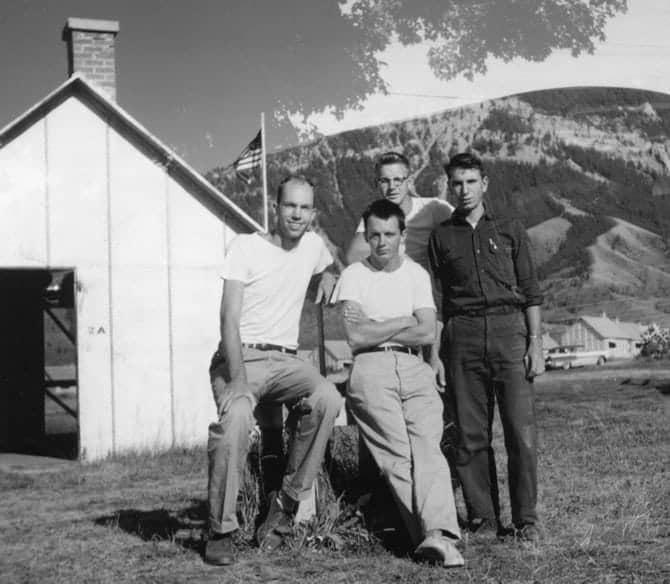History
Mission Statement
Michigan Engineering provides scientific and technological leadership to the people of the world. We seek to improve the quality of life by developing intellectually curious and socially conscious minds, creating collaborative solutions to societal problems, and promoting an inclusive and innovative community of service for the common good.
Civil and Environmental Engineering at the University of Michigan strives to serve society by enriching habitats and sustaining resources. We leverage our diverse community of scholars to expand the boundaries and accelerate the impact of our profession.

The University of Michigan (U-M) Civil and Environmental Engineering Department (CEE) has roots back to 1837, when an act was passed that provided for the organization and government of U-M and provided for a professor of civil engineering and architecture.
In his inaugural Discourse of December 1852, U-M President Henry P. Tappan proposed “a scientific course parallel to the classical course” containing “besides other branches, Civil Engineering, Astronomy with the use of an Observatory, and the application of Chemistry and other Sciences to Agriculture and the industrial arts generally.”
The first Civil Engineering lecture was given in February of 1854 by Alexander Winchell, the first U-M engineering faculty member. Winchell developed engineering courses until he was transferred to the chair of Natural History in September 1855. He taught at U-M for 33 years.
Winchell was succeeded by West Point graduate William Guy Peck. Peck continued the instruction of surveying and civil engineering until 1857 when he resigned to go teach at Columbia University.
That same year, a Rensselaer Polytechnic Institute graduate named De Volson Wood started for Chicago to find a teaching job. He reached Detroit with no money to go farther, left his baggage and walked to Ann Arbor. He introduced himself to President Tappan and was asked to substitute to fill Peck’s vacant post for a few days. Ultimately, Wood taught at U-M for 15 years and became one of the best-known teachers in the United States.
Wood developed and offered courses on the resistance of materials, bridge construction, hydraulic motors and the distribution of water in cities. At the time, engineering classes were taught in the South Wing of University Hall and were heated by wood stoves.
The first Engineering degree was awarded in 1857 to William Vanderan Snyder. This made the University of Michigan the sixth university in the country and the first public university to award a degree in Engineering.
In 1904, the Department of Civil Engineering moved to the West Engineering Building and remained there until 1985, when the department was relocated to the G. G. Brown Building on North Campus. CEE continues to occupy G. G. Brown today.
One of the highlights of CEE’s history is Camp Davis, which was established in Whitmore Lake in 1874. The camp was used to teach surveying field work. In 1929, the camp was relocated to Wyoming, where it remains to this day.

In his essay, “The History of Summer Surveying Camp at The University of Michigan,” the late Professor Emeritus Eugene Glysson wrote, “A great deal of emphasis was placed in the desirability of picking a site which would allow the students to spend a summer in a country of marvelous natural beauty, with outstanding scenery and different flora and fauna. An additional benefit of the Wyoming location was the proximity of Yellowstone Park and the beautiful Teton Mountain Range and associated geological formations. All of these considerations have proven to be very true and worthwhile.”
Since 1965, the camp has been used solely by the geology department.
Based on somewhat limited information, it appears that the first African-American engineering alumnus was a Civil Engineer. His name was Frederick B. Pelham and he graduated in 1887. According to the information available, the first woman to receive a BSE degree in Engineering (Civil) was awarded to Marion Sarah Parker in 1895.
Dr. Henry Earle Riggs, the former Chief Engineer of the Toledo, Ann Arbor and North Michigan Railway, served as the chair of the department from 1912 through 1930. A painting of him still hangs in the department’s administrative office, and graduate students are supported every year through the Dr. Henry Earle Riggs Memorial Fund.
In 1990, the civil engineering department became the Department of Civil and Environmental Engineering (CEE).
Over the years, many students have gone on to impressive careers upon graduating from CEE. A few notable examples recently highlighted include Michigan’s “Mr. Bridges,” Joseph Malloure, Chicago developer Anne Voshel and Ken Maschke, one of the Top 20 engineers under 40 according to the Engineering News-Record Midwest in 2013.
Another notable alum is the late Professor Lawrence C. Maugh. He earned his BSE in civil engineering from U-M in 1921 and went on to teach engineering at South Dakota State University. He returned to U-M for his PhD in 1934, and afterwards joined the U-M faculty. CEE Professor Emeritus Subhash Goel remembers meeting Dr. Maugh when Goel came to CEE as a PhD student in 1965. Goel says he knew of Dr. Maugh from his famous book, Statically Indeterminate Structures, which Goel read when he was in India. Dr. Maugh passed away in 1971, one year after his retirement, and his work is still referenced today.
The CEE story that began over 150 years ago continues today. CEE students are involved in ground-breaking projects, such as building bridges for rural communities, creating a net-zero water home and bringing water treatment to the Pantanal.
We invite you to explore our site to see the latest stories of CEE history in the making.
CEE Video Playlist on YouTube
Learn more about the work we do at Civil and Environmental Engineering